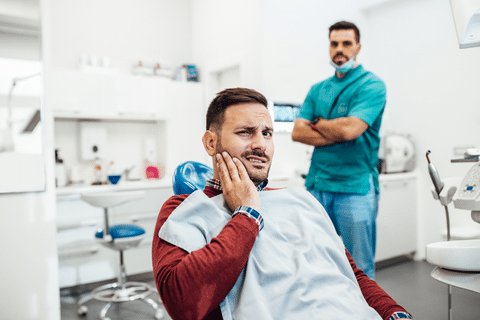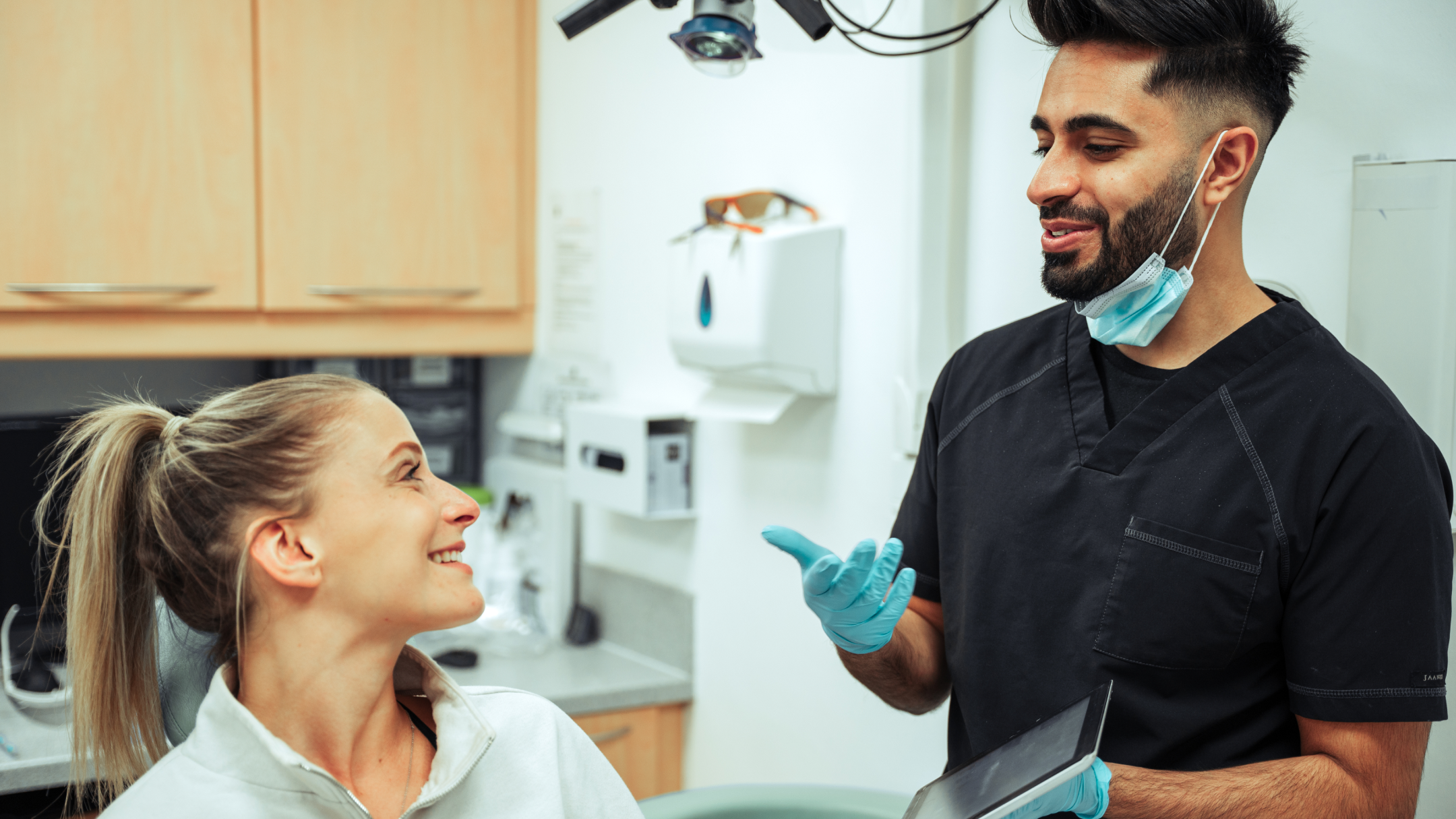Some Known Factual Statements About Causey + Hall Orthodontics
Table of ContentsIndicators on Causey + Hall Orthodontics You Should KnowCausey + Hall Orthodontics Things To Know Before You BuyFacts About Causey + Hall Orthodontics UncoveredGetting The Causey + Hall Orthodontics To WorkUnknown Facts About Causey + Hall OrthodonticsThings about Causey + Hall Orthodontics
What is the distinction between a dentist and an orthodontist? To respond to a question that is typically asked, both dentists and orthodontists assist clients obtain better dental health, albeit in various ways. It assists to bear in mind that dentistry is an instead broad science with different clinical expertises. All dental practitioners, consisting of orthodontists, deal with the teeth, periodontals, jaw and nerves.Orthodontists and dental practitioners both provide oral take care of clients. Orthodontists can operate in a dental workplace and offer the same therapies as other dentists. So you can think of both physicians who treat gum and teeth problems. The main distinction is that becoming an orthodontist needs a certain specialty in treating the imbalance of the teeth and jaw.
An orthodontist is a dental professional that has actually undergone training to specialize in the diagnosis, avoidance and therapy of irregularities in the jaw and teeth. Orthodontists can help people of all ages.
Causey + Hall Orthodontics Fundamentals Explained
This includes all the essential education and learning to become a basic dental professional. According to the American Pupil Dental Association (ASDA), it implies you will certainly require to have either a Medical professional of Medicine in Dentistry (DMD) or a Physician of Oral Surgery (DDS). In other words, orthodontists need to finish dental school and after that obtain an orthodontics specialty education.


When you have a healthy and balanced bite, you can talk, chew and consume correctly, thus improving your top quality of life. Aside from the orthodontist, we typically see assistants collaborating with these dental professionals in their centers. So, what is an orthodontist aide called? They're properly known as orthodontic aides. They are specialized assistants, and are educated to take care of dental equipment and supply preventative oral medical care.
The 6-Second Trick For Causey + Hall Orthodontics
At Advanced Orthodontics, we provide people with a all natural therapy experience. In enhancement, we supply adjustable treatment routines, versatile settlement alternatives and an enjoyable, enjoyable experience. Phone call ( 480) 357-4900 today to find out more and schedule a consultation.
An orthodontist is a dental expert trained to diagnose, prevent, and deal with teeth and jaw abnormalities. They fix existing problems and are educated to identify problems that might create in the future. Orthodontists deal with individuals of any ages, from youngsters to grownups. People frequently connect an ideal smile with healthiness.
All orthodontists are dental practitioners, but not all dental professionals are orthodontists. Orthodontic residency programs provide intensive, concentrated guideline for dental experts. They concentrate on 2 areas: How to appropriately and securely relocate teeth How to appropriately assist development in the teeth, jaw, and faceOnce an orthodontist has actually completed training, they have the option to end up being board licensed.
What Does Causey + Hall Orthodontics Do?
Imbalance, or malocclusion, is the most usual reason people see an orthodontist - invisalign. It is hereditary moved here and is the outcome of size distinctions in between the top and lower jaw or in between the jaw and teeth. Malocclusion leads to tooth overcrowding, an irregular jaw, or irregular bite patterns. Malocclusion is usually treated with: Your orthodontist connects steel, ceramic, or plastic square bonds to your teeth.
If you have just minor malocclusion, you may be able to utilize clear dental braces, called aligners, rather of conventional braces. Some individuals require a headgear to aid relocate teeth right into line with pressure from outside the mouth. After braces or aligners, you'll need to use a retainer. A retainer is a custom-made gadget that maintains your teeth in position.
They're most often made use of on youngsters. They can produce extra area in the mouth without having to pull teeth. If you have a significant underbite or overbite, you could need orthognathic surgery (additionally called orthodontic surgical procedure) to extend or shorten your jaw. Orthodontists use wires, surgical screws, or plates to support your jaw bone.
The Causey + Hall Orthodontics Statements
During your initial orthodontic appointment, you'll likely have: An oral examPhotos taken of your face and smileDental X-raysPanoramic (360 level) X-rays of your face and headImpressions to create mold and mildews of your teethThese tests will certainly help your orthodontist know how to continue with your treatment. An orthodontist is a dental professional who's had training to treat your teeth and jaw.
Orthodontists are dental practitioners however not all dental practitioners are orthodontists. Orthodontists are focused on your bite, or the way your teeth fit together, and the straightness of your teeth.
Some Ideas on Causey + Hall Orthodontics You Should Know
What specifically does an orthodontist do? Orthodontists are oral specialists that focus on dealing with abnormalities in the teeth and jaws.

These detachable trays are custom-made to progressively shift the teeth's position. In cases of narrow jaws, palatal expanders can be made use of to create space for appropriate tooth placement.